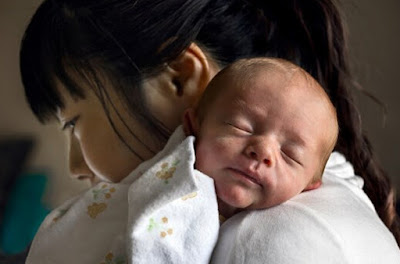The best method for Cerebral Palsy is to help children get self-care ability or do some simple works in the society. Cerebral Palsy treatment by Chinese medicine is a good choice without side effects. http://www.cpchildrentreatment.com/
Monday, October 26, 2015
Genes May Raise Risk of Cerebral Palsy
Genes may play a role in cerebral palsy, the most common cause of physical disability in children.
Previous research has identified several pregnancy-related risk factors, including preterm delivery, abnormal growth, exposure to infection and lack of oxygen at birth. A possible family link with cerebral palsy has also been found, but not confirmed.
Cerebral palsy affects your ability to move, and alters your balance and posture.
In this study, researchers analyzed data from more than 2 million births in Norway between 1967 and 2002. They identified more than 3,600 cases of cerebral palsy, or 1.8 cases for every 1,000 children born during that period.
Several Professors at Northwestern’s Feinberg School of Medicine and researchers at Children’s Memorial Research Center have identified a gene that may raise the risk of cerebral palsy in children who have suffered early-life brain injury.
According to the study, children who have E4 allele of the Apolipoprotein E (APOE) gene are more susceptible to developing cerebral palsy after injury to the brain. Furthermore, scientists also found that the gene is linked to the heightened risk of Alzheimer’s disease in adults.
“If a baby is born with an E4 allele, then if they undergo some kind of perinatal brain injury, they are more likely to develop cerebral palsy,” said Mark Wainwright, a professor of pediatric neurology at Feinberg. “The gene isn’tcausing the cerebral palsy. It’s making you at greater risk to develop it, but another injury is needed.”
Every person has at least two of the three alleles of the APOE gene, which aids in the production of apoE protein. This protein is also involved in brain repair. However, E4 forms a protein that is less likely to help regulate brain swelling after an injury. So people with E4 have an increased likelihood of sustaining permanent brain damage following an injury.
Knowing this, researchers analyzed the APOE gene in 209 young children with cerebral palsy and compared it against the protein in healthy children of the same race, gender, and ethnicity. They concluded that children with E4 allele who suffer injury to the brain are more likely to develop cerebral palsy.
“A majority of times we don’t know what causes cerebral palsy,” said professor of pediatrics Maxine Kuroda. The findings in this study could help physicians identify which children are susceptible to developing the condition after a brain injury.
Labels:
Cerebral PalsyTreatment
Subscribe to:
Post Comments (Atom)


No comments:
Post a Comment